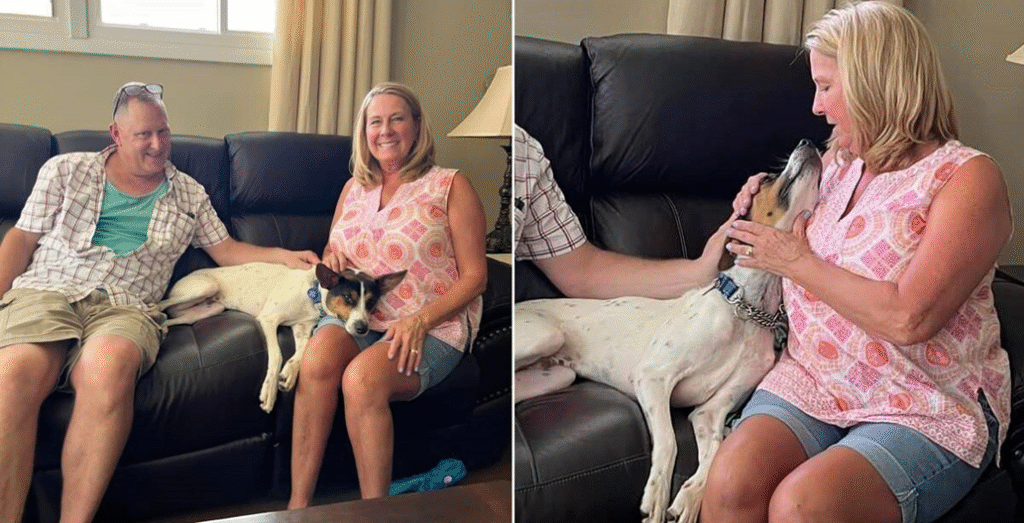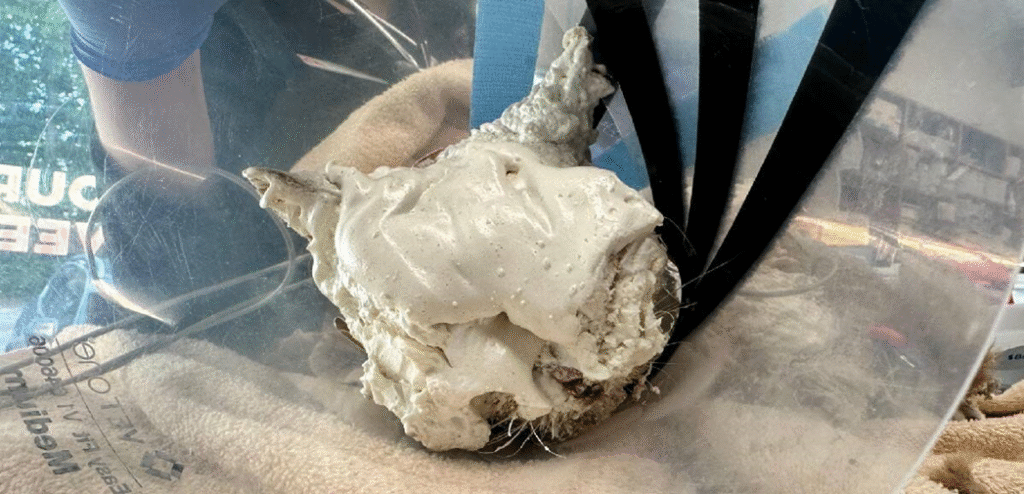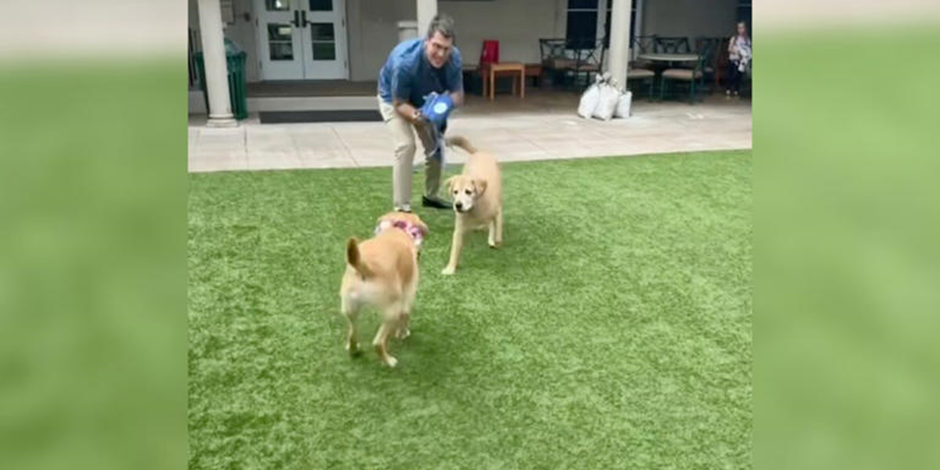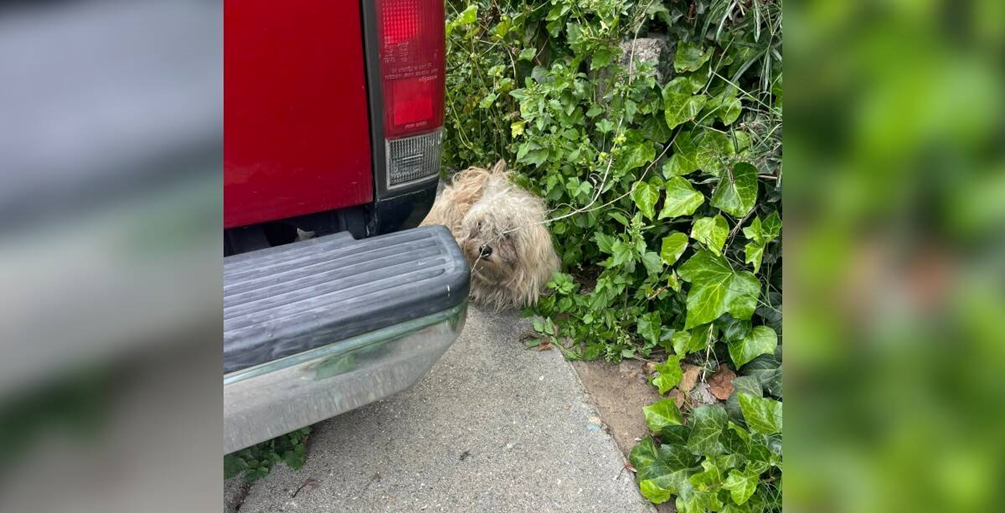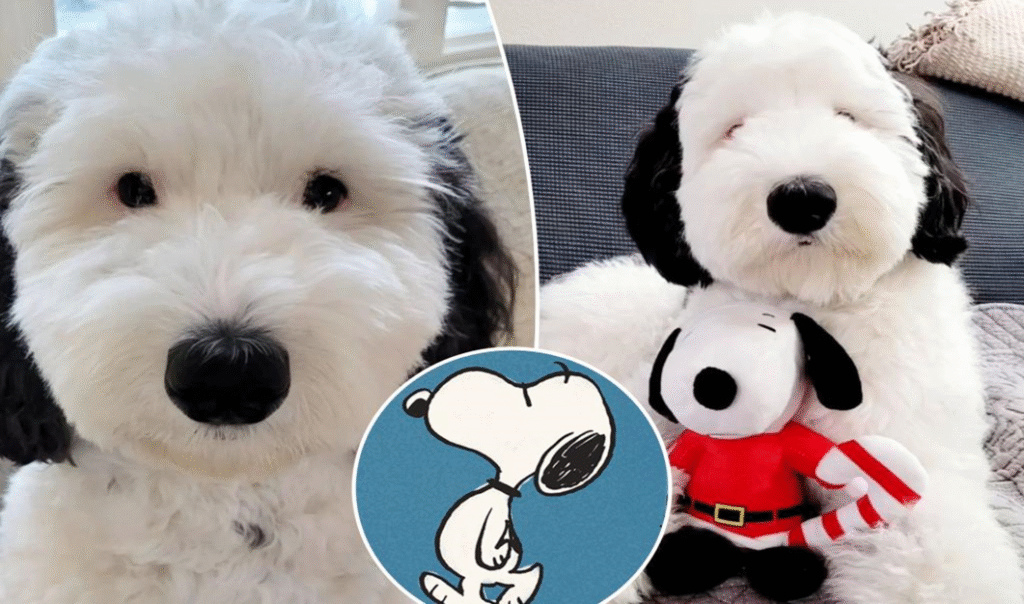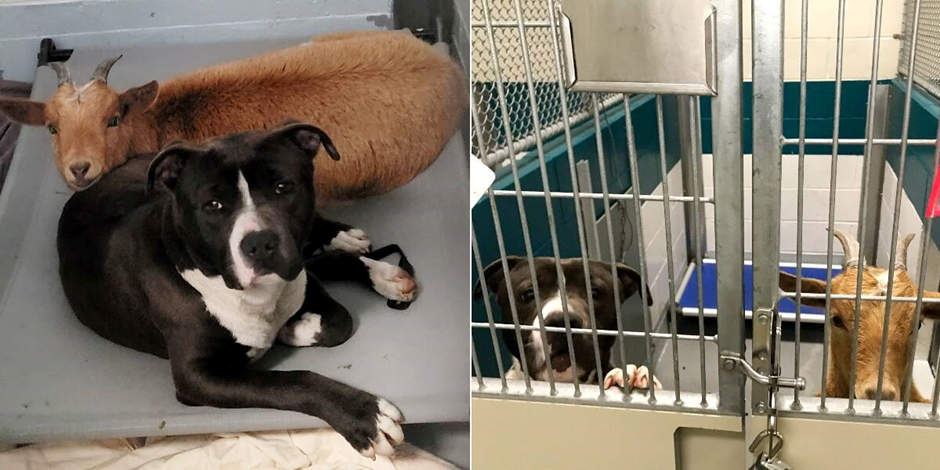Tiny Seal Pup Saved from Coastal Storm
The world, for the little seal pup we would later call Nimbus, had been nothing but the comforting, massive shape of his mother and the endless, soothing rhythm of the ocean. He was still clad in his lanugo—that thick, pure white coat that made him look less like a marine mammal and more like a cloud that had fallen onto the ice. But then, the world turned violent. The storm wasn’t just rain and wind; it was a physical hammer driving the sea against the shore. The waves, already immense, swelled into monstrous, frothing cliffs. They battered the remote patch of beach where Nimbus and his mother had been resting, turning the familiar shoreline into a churning, dangerous maze. In the chaos and blinding spray, it happened in a flash. A huge wave crashed, pulling the mother out into the deeper water where she was strongest, but simultaneously washing the smaller, lighter pup up and onto the most exposed, rugged section of the coast. When the worst of the squall finally moved offshore, a grim scene remained. Nimbus, shivering not just from the cold but from stark terror, was stranded. He had been thrown far inland, caught on a bed of jagged rocks and sharp seaweed, well above the high-tide line. He was too young to understand how to navigate back to the turbulent water, and his mother was nowhere in sight. He was tiny, defenseless, and utterly alone. His thick white fur, while beautiful, was still meant for land and ice, not for sustained swimming in a churning February sea. It was heavy with brine and offered little comfort as the coastal air dropped toward freezing. He looked up, his huge, black, liquid eyes wide with distress, letting out a small, desperate cry that the wind instantly stole. . For hours, he waited. He shifted his weight clumsily, his soft, flippered body resting precariously on the rough surface. He was desperate for the warmth and security of his mother, his instinct screaming for nourishment and protection. But only the relentless, cold drone of the waves answered him. It was almost dark when a coastal warden, conducting a hazardous check of the damage, spotted the tiny anomaly on the rocks. At first, it looked like a clump of seafoam or a discarded blanket. Then, the warden saw the two large, dark, glistening eyes staring back. A frantic call went out to the local marine mammal rescue center. The message was clear: “Pup stranded, single, lanugo coat. Severely exposed. Needs immediate extraction.” The rescue team, led by veteran responder Dr. Anya Sharma, mobilized instantly. They knew the next high tide, due in the early morning, was predicted to be violent. If Nimbus didn’t starve or freeze in the night, he might be violently washed away or dashed against the rocks before dawn. This wasn’t a case of observation; it was a race against the elements.Reaching Nimbus was difficult. The area was treacherous, slick with sea spray and strewn with storm debris. Anya and her partner, wearing heavy, waterproof suits, moved slowly and carefully, carrying a specialized transportation crate padded with warm blankets. As they approached, Nimbus showed the perfect mix of fear and exhaustion. He hissed weakly, trying to look intimidating, but his whole body trembled. He was cold, dehydrated, and rapidly losing energy. . Anya moved with the practiced quietness of someone who understood that wild panic could cause fatal injuries. She kept low, talking to him in a soft, non-threatening murmur, acknowledging his fear without reacting to it. When she was close enough, she scooped him up swiftly and gently, wrapping him entirely in a thick, pre-warmed towel. He was so light, so utterly fragile. He fitted easily into the crate, a little white puff in a sea of rescue gear. The moment he was secured and out of the wind, the shivering eased almost instantly. He was too weak to fight, settling down into the warmth with a sigh that Anya took as a small victory. Back at the rescue center, Nimbus was whisked into the triage unit. He was given a thorough examination: underweight, exhausted, and slightly hypothermic, but thankfully, he had no major injuries. His journey of recovery began immediately. He was given warmed fluids and, critically, his first specialized milk formula. In the days that followed, the center staff focused on building up his strength. One of the most heart-warming parts of his care was the routine feeding. He quickly learned to associate the sight of the staff with the comforting warmth of the formula, and soon, his fear began to melt away, replaced by the demanding, healthy hunger of a growing pup. . He wasn’t just eating; he was gaining confidence. He graduated from his small indoor kennel to a larger holding area with a shallow pool, where he slowly rediscovered his aquatic instincts, transforming from a fluffy, clumsy land animal into a sleek, powerful swimmer. Nimbus’s story, which began with the fury of a storm and the crushing despair of abandonment, quickly became a testament to timely human intervention and dedicated care. He was rescued just in time—not just from the rocks, but from the terrifying prospect of facing the unforgiving ocean alone. He had survived the worst the natural world could throw at him, thanks to the quick hands and tender hearts of the people who found him.
Tiny Seal Pup Saved from Coastal Storm Read More »



